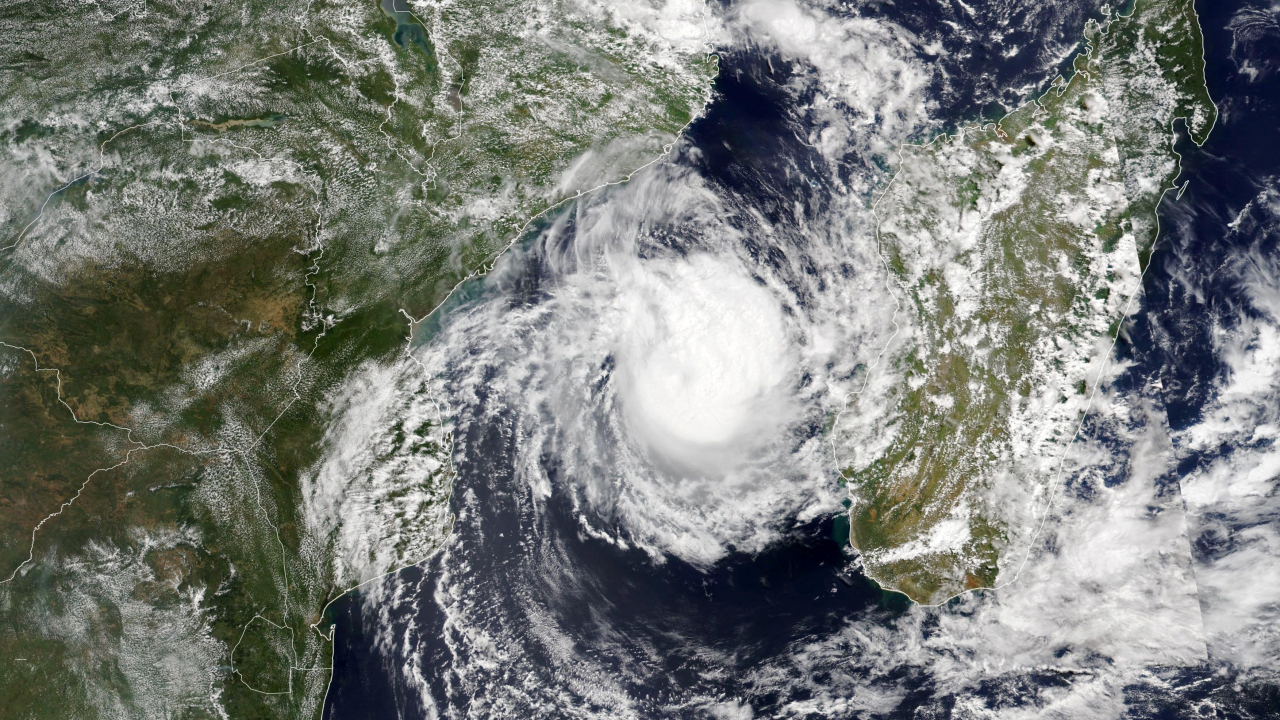Cyclone Freddy: Important Facts About the Deadly Tropical Cyclone
In February and March 2023, the world witnessed the remarkable persistence of a tropical cyclone named Freddy. The storm crossed the Indian Ocean over a span of more than five weeks, causing severe damage and destruction in its path. Freddy was classified as the fourth named storm of the 2022-23 Australian region cyclone season and the second very intense tropical cyclone of the 2022-23 South-West Indian Ocean cyclone season. It caused deaths of over hundreds of people. Let’s take a closer look at this deadly storm.
Formation and Intensification
Freddy emerged as a disturbance within the monsoon trough in the Australian region cyclone basin. The storm quickly intensified into a Category 4 severe tropical cyclone, causing significant damage and destruction in its path. As Freddy moved into the South-West Indian Ocean basin, it intensified even further, becoming a very intense tropical cyclone. The storm’s wind speeds reached 155 mph, equivalent to a Category 5 hurricane on the Saffir-Simpson scale.
Landfalls and Impacts
Freddy made two landfalls in Madagascar and Mozambique, respectively, before eventually dissipating over Mozambique on 15 March. The storm’s impacts were severe, causing catastrophic flash floods in Malawi, widespread infrastructure damage in Mozambique, and leaving millions at risk for food insecurity. The death toll from the storm rose to at least 307 people in Malawi, Mozambique, Madagascar, and Zimbabwe. Freddy is believed to be one of the deadliest storms to hit the continent in the last two decades.
Climate Change and Freddy’s Intensity
Meteorologists suggest that climate change contributed to the intensity of Freddy. As the global temperature continues to rise, warmer ocean temperatures fuel the intensity of tropical storms and hurricanes. Warmer oceans mean more energy for storms, making them more intense and more damaging. The increasing intensity of storms due to climate change puts vulnerable communities at greater risk, causing catastrophic damage to infrastructure, homes, and lives.
Month: Current Affairs - March, 2023
Category: Environment Current Affairs


